
Japanese vegetables and fruits are highly regarded worldwide for their high quality, but actually, there are about 4.99 million hectares of agricultural land in Japan, or in other word, only about 13% of the national land is agricultural land (agricultural land and pasture land defined in Article 2, Paragraph 1 of the Agricultural Land Law).
However, even though the land used for agriculture is small, high-level agricultural technology has produced a succession of distinctive local vegetables and fruits, high-quality branded vegetables, and branded fruits. In this article, we will introduce vegetables that you should definitely eat when you visit Japan, as well as the prefectures that produce them in large quantities.
Hokkaido: Potatoes, Pumpkins, Onions...etc

As of 2022, Hokkaido will have 1.14 million hectares of arable land, accounting for one-fourth of the entire country, and 33 hectares of cultivated land per household, about 11 times the prefectural average.
Large-scale production activities are being carried out utilizing the vast land, and in addition to wheat, corn, sweet corn, and sugar beets, pumpkin (about 48%), onions, carrots, and pumpkins are also produced in large quantities, and the harvest of various vegetables and fruits is the highest in Japan.
Hokkaido-grown potatoes, pumpkins, and onions are particularly popular, and potato butter and soup curry are popular among tourists as representative Hokkaido gourmet foods. All of them have a strong sweetness, and you can enjoy a warm feeling when you cook them.
Aomori: Garlic

Garlic is an agricultural product in Aomori Prefecture that boasts the highest production volume in Japan. It accounts for about 70% of the domestic production volume, and has a reputation for its quality, such as its large size and fragrant.
Why is garlic cultivation so popular in Aomori? In addition to the soil suitable for garlic cultivation and advanced cultivation techniques, the severe cold winters unique to Aomori Prefecture are also contributing to this. Garlic slowly accumulates sugar content under the snow during the winter, and when the snow melts in spring, the sugar content is high and the garlic grows with a rich flavor and sweet taste. The harsh winters of Aomori Prefecture, which is located in the Tohoku region, are an essential factor in making garlic.
Garlic is harvested from the end of June to the beginning of July, but in Aomori, the only thing you can taste only during this season is "raw garlic" before it is dried after harvesting!
“Raw garlic” is garlic that can be eaten fresh after being harvested, just by removing the dirt. The garlic that we usually see in markets and supermarkets is generally dried garlic, and fresh garlic is a special product that can only be eaten in the production area during the harvest season once a year. Unlike dried garlic, it is characterized by its outstanding freshness and strong aroma.
Yamagata: Dadacha Soy Beans
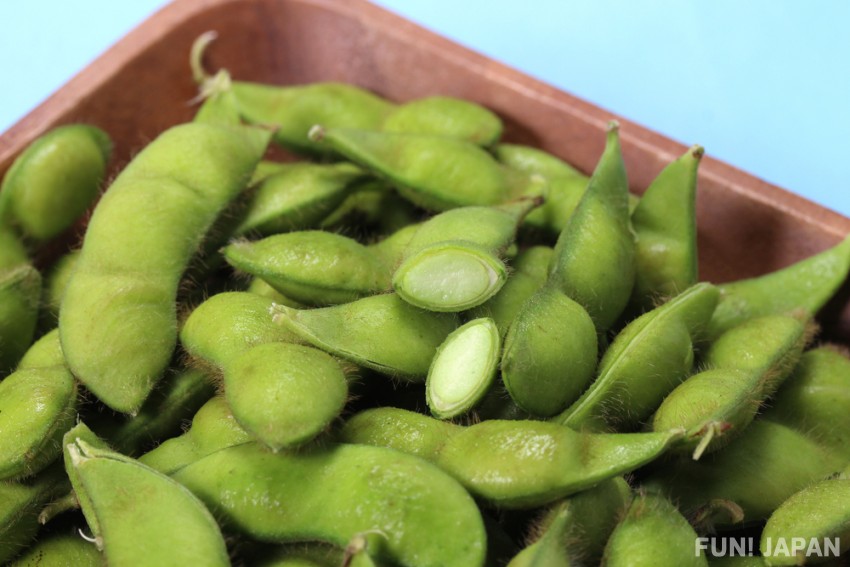
"Dadacha soy bean" is a specialty product of Tsuruoka City, Yamagata Prefecture, which is called "the king of edamame" and "ultimate edamame". The surface of the pods is covered with brown downy hair, and it is characterized by its sweetness, deep flavor, and unique aroma similar to corn.
The name "Dadacha" is a word in the local dialect that means "father" or "dad". The name is said to have originated from a long time ago when a feudal lord who loved green soybeans asked the producer, "Which father (dadacha) made the green soybeans today?"
Nagano: Lettuce
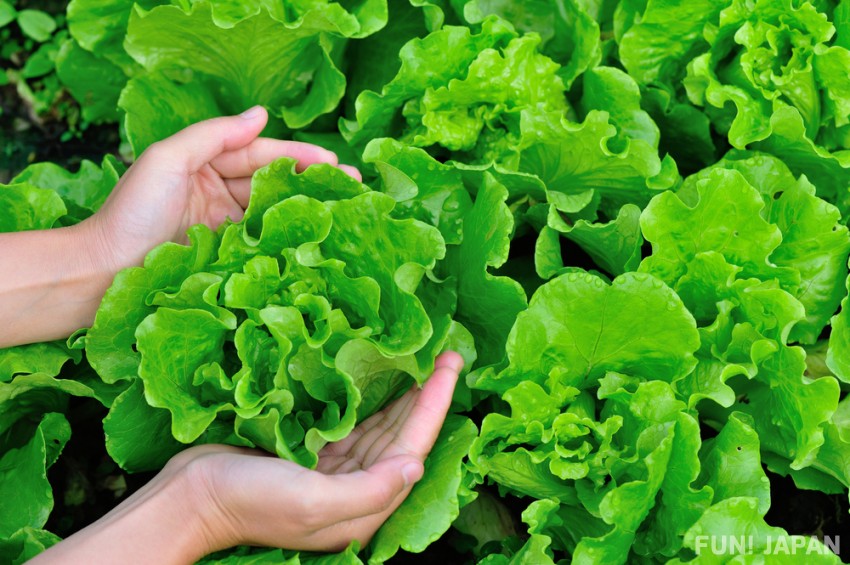
Nagano Prefecture, which is rich in nature, is known as a prefecture with a very active agriculture. In addition to the thriving production of fruits such as grapes and apples and flowers, it boasts the largest production volume of mushrooms such as king oyster (eringi) mushrooms, nameko mushrooms, and bunshimeji mushrooms in Japan.
Lettuce is an agricultural product that takes advantage of the cool climate of Nagano Prefecture. They have a system in place to deliver freshly picked strawberries all over the country, and they have an overwhelming share of the domestic market during the summer. The term “morning-picked lettuce” is also a word that is often heard among Japanese people.
As lettuce is very sensitive to climate, it is harvested in the early morning hours, around 3-5am, and immediately stored in the cold. It is shipped all over Japan on the same day with a vacuum cooling device, and it will be lined up in stores as early as the next day.
Nagano lettuce is crunchy and has a slightly sweet taste, so it is recommended to eat it as it is. We also recommend dishes like lettuce shabu-shabu, which you can simply dip in hot water and eat!
Ishikawa: Kaga vegetables
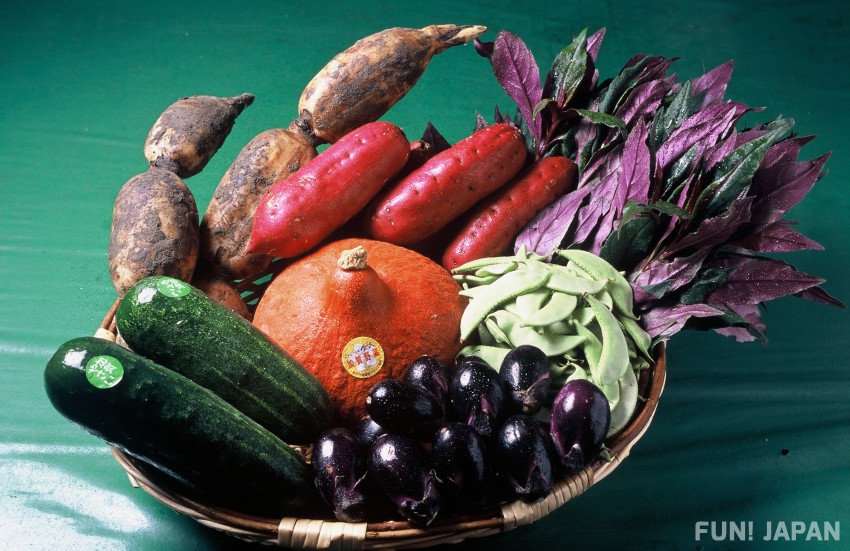
Kaga vegetables are local vegetables that have been handed down from before 1945 in Kanazawa, a popular tourist area in Ishikawa Prefecture. Only items certified by the Kanazawa City Agricultural Brand Association can be called Kaga vegetables, and currently 15 items are certified.
A typical example is the Kaga futo kyuri (Kaga plump cucumber), which is characterized by its thick and soft flesh, and the Kinjiso (Okinawan spinach), Kinjiso, which has a green surface and reddish-purple underside, and is slimy when boiled, giving it a unique texture, and Utsugi Akagawa Amaguri Pumpkin, which has a sweet chestnut-like sweetness. These Kaga vegetables can be enjoyed casually at restaurants and Japanese restaurants in Kanazawa.
Kyoto: Kyoto vegetables
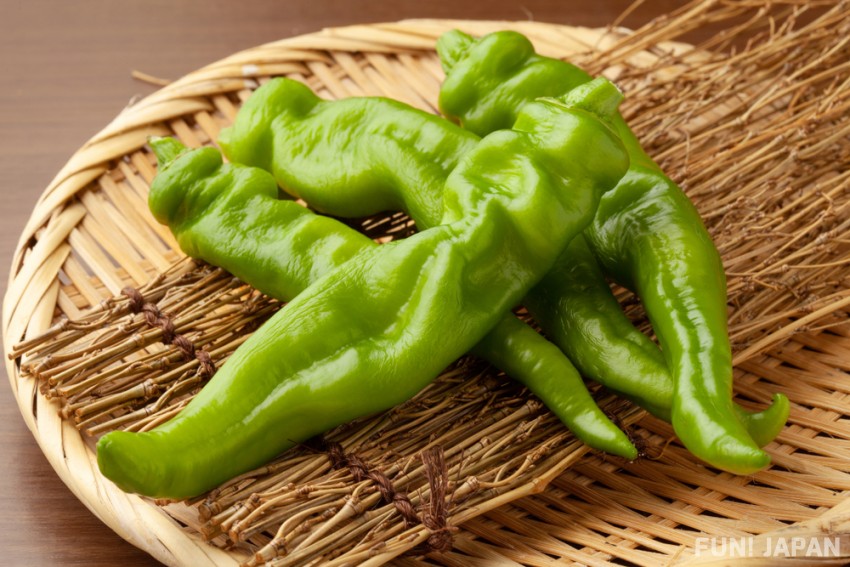
Kyoto vegetables refers to vegetables harvested throughout Kyoto Prefecture. Fushimi Togarashi (Fushimi pepper), which has a long history among Kyoto vegetables, is a type of sweet chili pepper that is easy to eat with almost no spiciness. In addition, typical examples are Kujo Negi (Kujo leek) is characterized by its thick mesophyll and has a soft texture and good flavor, Kyo Mizuna (Kyoto potherb mustard), which is used in various dishes such as nabemono, simmered dishes, and lightly pickled vegetables, has a crunchy texture, and Kamo eggplant, which is characterized by its spherical shape and sweetness.
Kochi: Eggplant

In Kochi Prefecture, eggplant cultivation centered on greenhouse forcing cultivation (October to June) is thriving, and the number of shipments in winter and spring is the highest in Japan. Eggplants from Kochi have soft skin and flesh, and go well with any kind of Japanese, Western, or Chinese cuisine!
There are “Haruzusu nasu” eggplant produced from March to July, and “Naganasu” eggplant cultivated mainly in greenhouse forcing cultivation (November to June). Whether boiled, grilled, or fried, eggplants are a staple of Japanese dining.
Kumamoto: Tomato
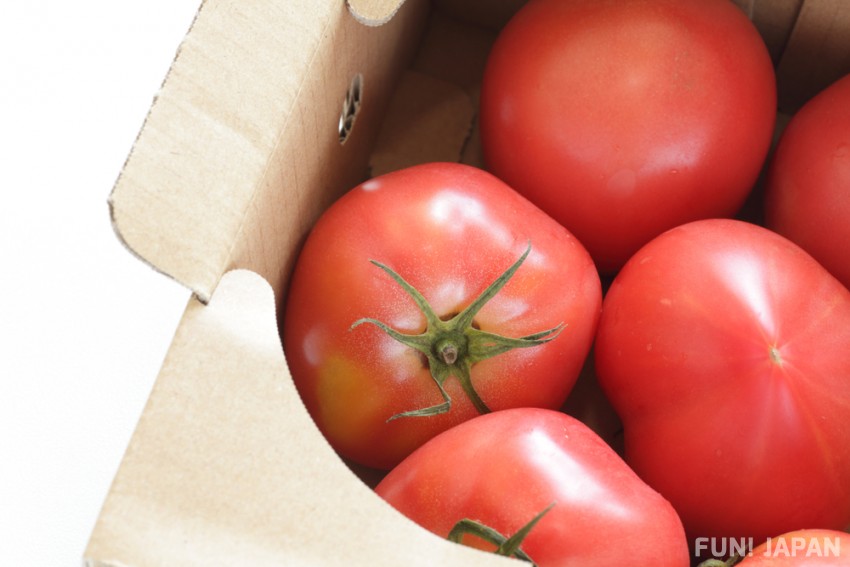
In Japanese supermarkets, tomatoes are the first thing that you can find in many varieties! In particular, in the vegetable section of department stores, there are a wide variety of tomatoes that vary in size, shape, color, and production area, from small tomatoes such as cherry tomatoes and cherry tomatoes to large tomatoes.
Kumamoto Prefecture is the number one producer of tomatoes in Japan. Surprisingly, about one in five tomatoes in Japan is produced in Kumamoto, and they are produced all year round and shipped all over the country. This is because Kumamoto has a diverse topography with mountains and seas, and tomatoes can be grown from autumn to spring along the warm coast and from summer to autumn on the cool highlands.
Especially famous is "Kumamoto salt tomato". Tomatoes are grown in reclaimed land with high salinity along the Yatsushiro Sea coast, which is rare even within the prefecture. Growing in a harsh environment condenses the sweetness, resulting in a sugar content of 8 to 10 degrees! Considering that the sugar content of ordinary tomatoes is 4 to 6 degrees, you should be able to understand how sweet Kumamoto salt tomatoes are! There are many other branded tomatoes from Kumamoto Prefecture, so why not try them on your next trip to Japan?
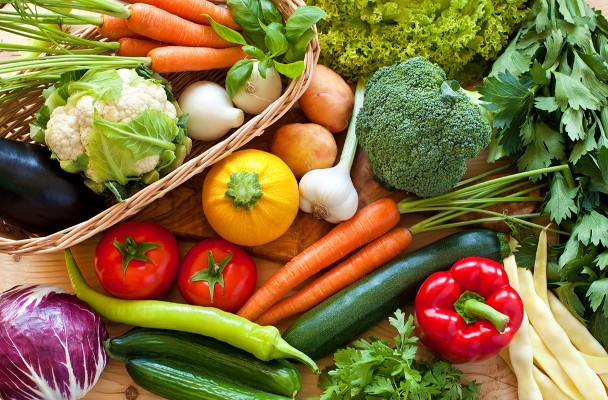
Comments